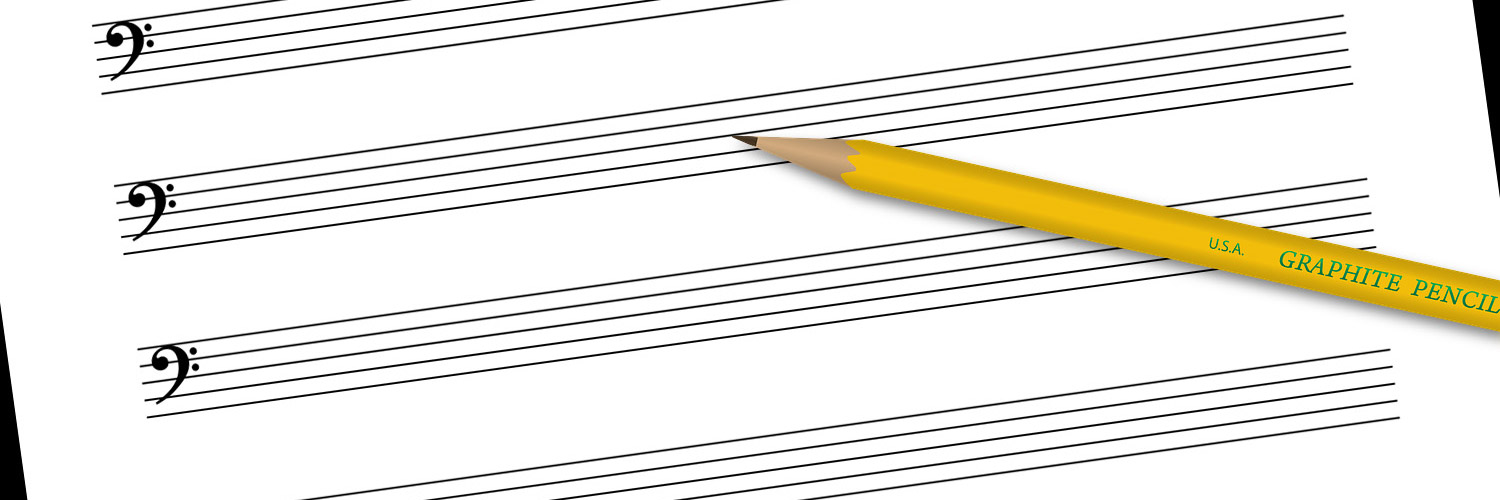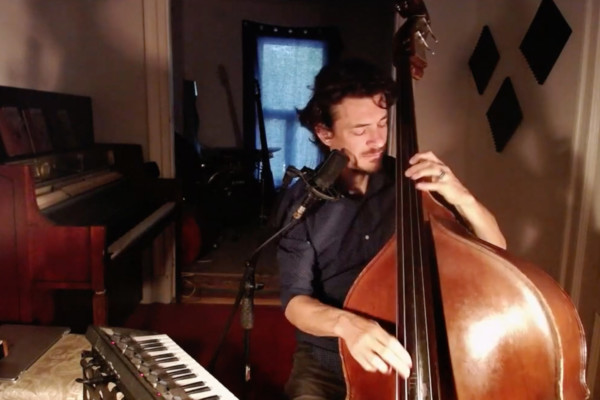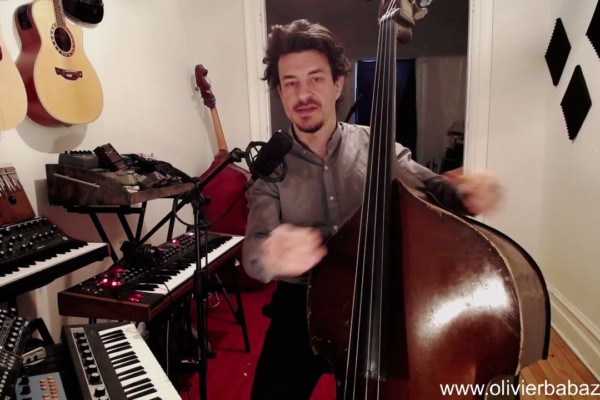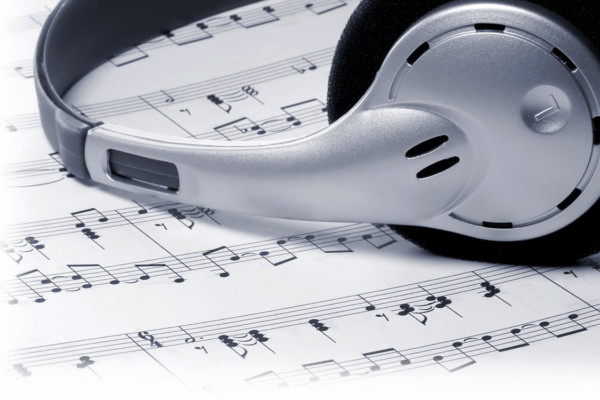Writing Songs with The Bass

Q: I have a battle going on in my writing and wondered if you had words of wisdom for any that share this with me. I find that I can almost always be a “groove generator” and respond quickly to a drummer’s groove or drum loop – within a style, I am comfortable – with some sort of groove, riff or chordal figure. It has been my main stock-in-trade as a player. If I am in writing/exploring mode, I can likewise go vertical with it and flesh out the new groove with a complementary part or two in other registers, or with other techniques. Then, I either blow over it or create a melody that could function as a vocal line or hook. Sadly, this is where it often stops. I end up a fully realized top to bottom theme or section of a song but find it very hard to take that next step and move horizontally into the next section. In general, almost the only time I get a bass line that comes to me with a whole song structure is if I don’t have a bass in hand and the music just flashes into my head and I sing the line into a recording device. I rarely like the music I wrestle out of my bass post inspiration as well as what comes out in the first blast. When I write using a guitar – strumming or fingerpicking chords – I almost always get several sections/progressions in the first inspiration. Any thoughts about writing from bass? Or thoughts about writing on different instruments changing headspace?
A: I know your struggle all too well. Here are a few ideas that have helped me in my compositional pursuits:
- As with all things, practice makes perfect. Don’t be too quick to throw away ideas. Give them time to germinate and evolve. Don’t worry about a tune being great while you flush it out. Just commit to finishing something. Once you have a complete, if rough, version 1.0 of your tune, make a demo of it or put it into a notation program and export and audio playback. Listen to it often and as objectively as possible. Make mental notes of what works and what doesn’t and just continue to tweak and fine-tune sections until they start to gel a bit more. Maybe one section just doesn’t fit. That’s ok! Set it off to the side for possible inclusion in another song and try and come up with something that works better. Give yourself permission to write some bad music. You might have to write ten crappy songs before you come up with a ‘good one’ but all of that work is also a learning process. You have to allow yourself the freedom to explore the sound and shape of things, free from criticism (at least initially). Just let yourself create freely and then go back and see what you like. Keep the good stuff, ditch or set aside the ‘bad’ and keep tweaking.
- Try and write with a certain player in mind. It doesn’t have to be a realistic option, either. Just imagine who you would want to lend their voice to the vibe of your tune and try and hear what they might play. Imagine Scofield, Miles, Maceo, Joni Mitchell, Jaco… whoever floats your melodic boat, playing a melody over your groove and changes. How might that sound?
- Borrow from what you know and love. This can work as an exercise or could actually lead to some pretty great music, and it’s an oft-used approach to composition. Start with a tune you like and just downright steal the changes or melody as a starting place. In fact this has a name in the jazz world. The act of taking an existing set of chord changes and writing a new melody is called a contrafact, and it is done with regularity. For the purposes of your own composition, however, I’m thinking more of giving yourself a starting place. It’s also a great exercise, though. I get a lot out of grabbing a melody that I like and completely changing the vibe, tempo, and approach to the tune while coming up with my own changes. In fact, you can take it a step further and then take your new changes and write a new melody to those! Now, you have something completely your own and unique, even though you started with a bit of plagiarism.
- Use notation software. If I have a nice groove flushed out, a set of changes, or form, but struggle with the melody, I’ll often enter everything into Sibelius (or your notation software of choice), including chord voicings and bass line, so I can hear an approximation of what it might sound like. I’ll usually put an audio export of it on my phone and listen over and over again for a couple of days, trying to hear what wants to happen on top. This is the hardest place to be in, personally. Like you, I can come up with grooves for days but have always struggled with melodic ideas because I’m always playing them on my bass (I don’t play piano). Like you, I’ll often try to hum or sing ideas, sometimes into a recording device. Ultimately, I’ll start to enter things into Sibelius (assigning a melodic instrument to the melody voice; something that sounds decent as a virtual instrument). Once you have a sketch of a melody entered, it’s easy (and fun) to tweak things bit by bit, note by note, in the software and see what works. I know a lot of people who write on the computer, no instrument in hands, and just endlessly play around and tweak notes and phrases until they have something that works. Often, things will change once you hear it performed by actual musicians, but it’s not a bad way to get something down on paper before taking the next step.
- Try and come up with a concept or motif for your melody. Sometimes, I might start with a simple rhythmic idea. I’ll think more about the rhythm of the melody than anything for a bit, ultimately going back and then tweaking the notes to try and create a more complete musical idea. You can also take the inverse approach. Come up with a melodic concept. say… playing with intervallic relationships… using a lot of 6ths in your melodic motion, for example. It can be anything. You could experiment with using primarily the 7ths of chords as your melodic anchor. The options are limitless. Often times, just finding some kind of device to latch on to can lead you to some new and interesting places and, remember, it doesn’t have to be perfect. Just get the ball rolling and complete something. Then go back and refine. You may go through 4 versions of the tune before it starts to feel and sound good to you. There’s no deadline (unless you’re writing for another artists or you have a session booked, of course).
- Don’t feel the need to over-articulate everything that everybody needs to do. There’s beauty in simplicity and, if you’re playing with high level musicians, it can often be better in the end if you let them interpret basic outlines of your ideas in their own way. A great jazz musician once told me that his secret to writing great music for his albums was to write simple tunes and hire the best players on the planet to interpret them.
- Take the pressure off. Don’t try to write complete songs. Instead, commit to amassing a library of small snippets of ideas. I have folders of grooves, possible melodies, chord changes, etc… Sometimes, I’ll dig through and, every once in a while, successfully marry two different ideas into something more than the sum of it’s parts.
Like I said, to do anything well requires practice. If you started jogging by entering a marathon, you would fail spectacularly. Don’t hold yourself to the highest standards when exploring musical concepts. Just let them come and go. Write bad songs. Play stupid solos. As long as you remain aware and retain a critical ear, it can be the best way to learn. Just keep exploring and trying new things and don’t be too critical of the first iterations of your ideas. Let them come and nurture them. They very well may grow into a masterpiece!
Have a question for Damian Erskine? Send it to [email protected]. Check out Damian’s instructional books, Right Hand Drive and The Improviser’s Path.



